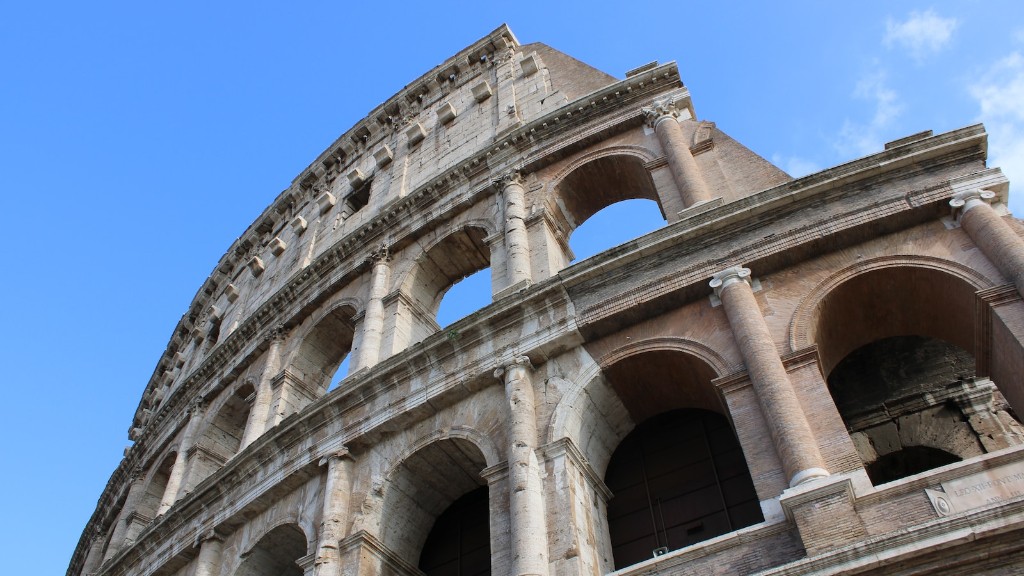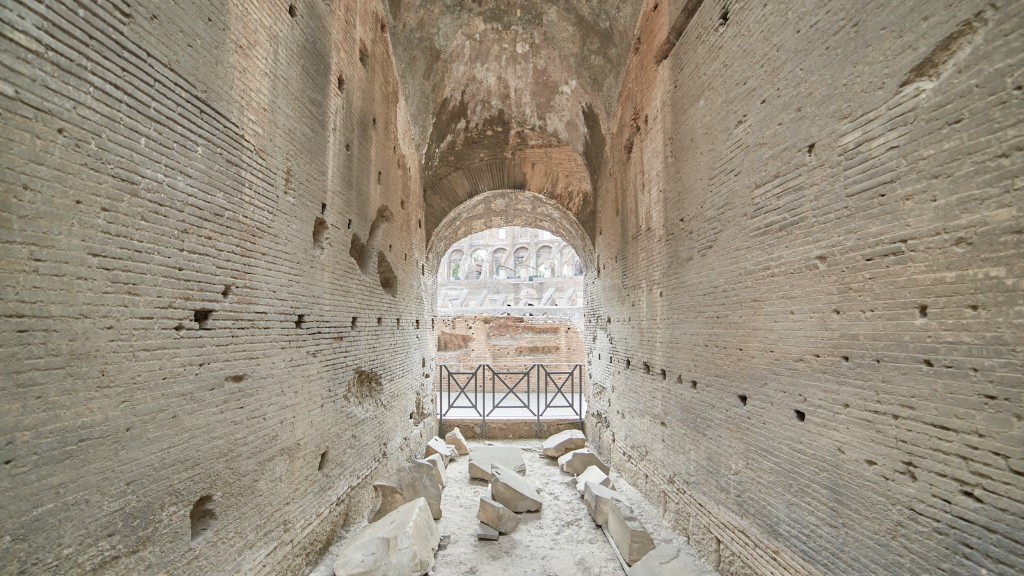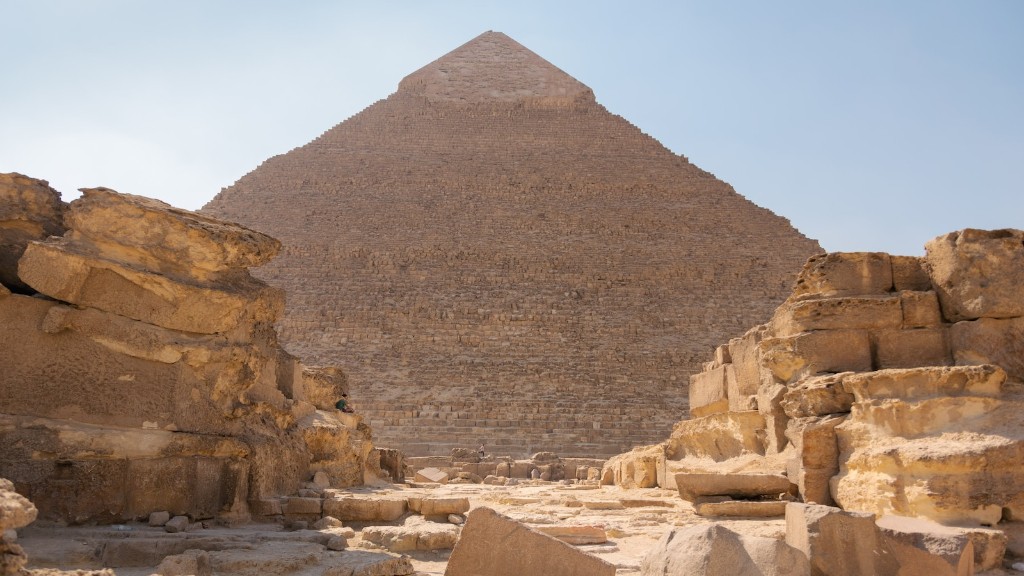What did plebeians in ancient Rome eat
Food is an essential part of human life, providing sustenance, nourishment, and cultural significance. To understand the diet of plebeians in ancient Rome, it is crucial to explore the culinary habits of the lower-class citizens in one of history’s most prominent civilizations. This article delves into the fascinating culinary world of ancient Rome, shedding light on the ingredients, cooking methods, and dietary patterns of the plebeians.
An Introduction to Plebeian Food
The plebeians, or the common people of ancient Rome, experienced a diet that significantly differed from the aristocracy and the elites. While the wealthy enjoyed lavish banquets and exotic delicacies, the plebeians’ diet revolved around simpler, locally available ingredients. With limited resources and lower social status, they relied on staple foods that were both affordable and plentiful.
1. Staple Foods
The staple foods of plebeians in ancient Rome mainly comprised grains, legumes, and vegetables. Grains, such as wheat, barley, and millet, formed the backbone of their diet. They would consume these grains in the form of bread, porridge, and occasionally, pasta-like dishes. Legumes, including lentils, chickpeas, and beans, served as an additional source of protein and essential nutrients.
Furthermore, vegetables played a significant role in the plebeians’ diet. From leafy greens like lettuce and cabbage to root vegetables like carrots and turnips, they incorporated a variety of vegetables into their meals. These vegetables not only provided nourishment but also added flavor and color to their dishes.
2. Meat and Fish Consumption
While the plebeians predominantly relied on grains and vegetables, they also consumed meat and fish, albeit in smaller quantities compared to the upper classes. Meat was considered a luxury, and the common people would have infrequent access to it, usually during religious festivals or special occasions. They primarily consumed pork, beef, and poultry when available. Fish, on the other hand, played a more prominent role in their diet, given Rome’s proximity to the Mediterranean Sea and its abundant seafood resources.
Cooking Methods and Culinary Practices
The plebeians relied on straightforward cooking methods that ensured their meals were filling and easily prepared. These methods included boiling, stewing, baking, and frying.
Boiling was a common method used to prepare grains, vegetables, and legumes. Plebeians would cook these ingredients in a pot of water and season them with herbs and spices to enhance their flavor. Stewing involved slow cooking meats or vegetables in liquid, resulting in tender dishes packed with flavor. Baking, although less common due to limited oven access, was used for bread and pastry-making. Frying, mainly done in olive oil, added a crispiness to certain dishes.
Dietary Patterns of Plebeians
The dietary patterns of the plebeians in ancient Rome were influenced by factors such as social class, location, and resources. While the upper classes enjoyed rich and varied meals, the common people had to make do with simple, yet nutritious, options available to them.
Anecdotal evidence suggests that plebeians often consumed two meals a day. Breakfast, called “ientaculum,” typically consisted of a simple porridge made from grains or bread with cheese or honey. For lunch, known as “prandium,” they would have a more substantial meal, usually including bread, vegetables, legumes, and occasionally small amounts of meat or fish. Dinner, known as “cena,” was a lighter meal, mostly leftovers from lunch and supplemented by fruits, nuts, or small snacks.
1. Dietary Challenges
The dietary challenges faced by the plebeians can be attributed to socio-economic factors and limited resources. Many plebeians lived in crowded apartments or tenements with no access to personal cooking facilities. Consequently, they relied heavily on street food, communal ovens, and affordable food establishments that provided hot meals and ready-to-eat food.
Additionally, the plebeians faced challenges related to food quality, particularly in terms of grain supply. The distribution of grain relied on the state-controlled “anona” system, which often resulted in shortages and price fluctuations. Despite these challenges, the plebeians managed to sustain themselves through their resourcefulness and adaptability.
Influence of Plebeian Cuisine
The cuisine of the plebeians played a crucial role in shaping Roman culinary traditions as a whole. While the upper classes’ elaborate banquets showcased opulence and extravagance, it was the plebeians’ everyday food practices that truly represented the essence of Roman cuisine.
The use of simple, local ingredients and straightforward cooking methods laid the foundation for Roman culinary traditions. Many traditional Roman dishes, such as pasta, meatballs, and vegetable-based stews, can be traced back to the plebeians’ culinary practices.
Conclusion
Exploring the diet of plebeians in ancient Rome reveals not only their culinary choices but also their resilience and adaptability in the face of limited resources. By relying on staple foods, employing straightforward cooking methods, and embracing local ingredients, the common people of Rome created a culinary legacy that continues to influence modern gastronomy. Their food was a testament to their resourcefulness, even in the midst of societal challenges and limited availability. Understanding the culinary habits of the plebeians offers valuable insights into the rich tapestry of Roman culture and its enduring impact on the culinary world.



